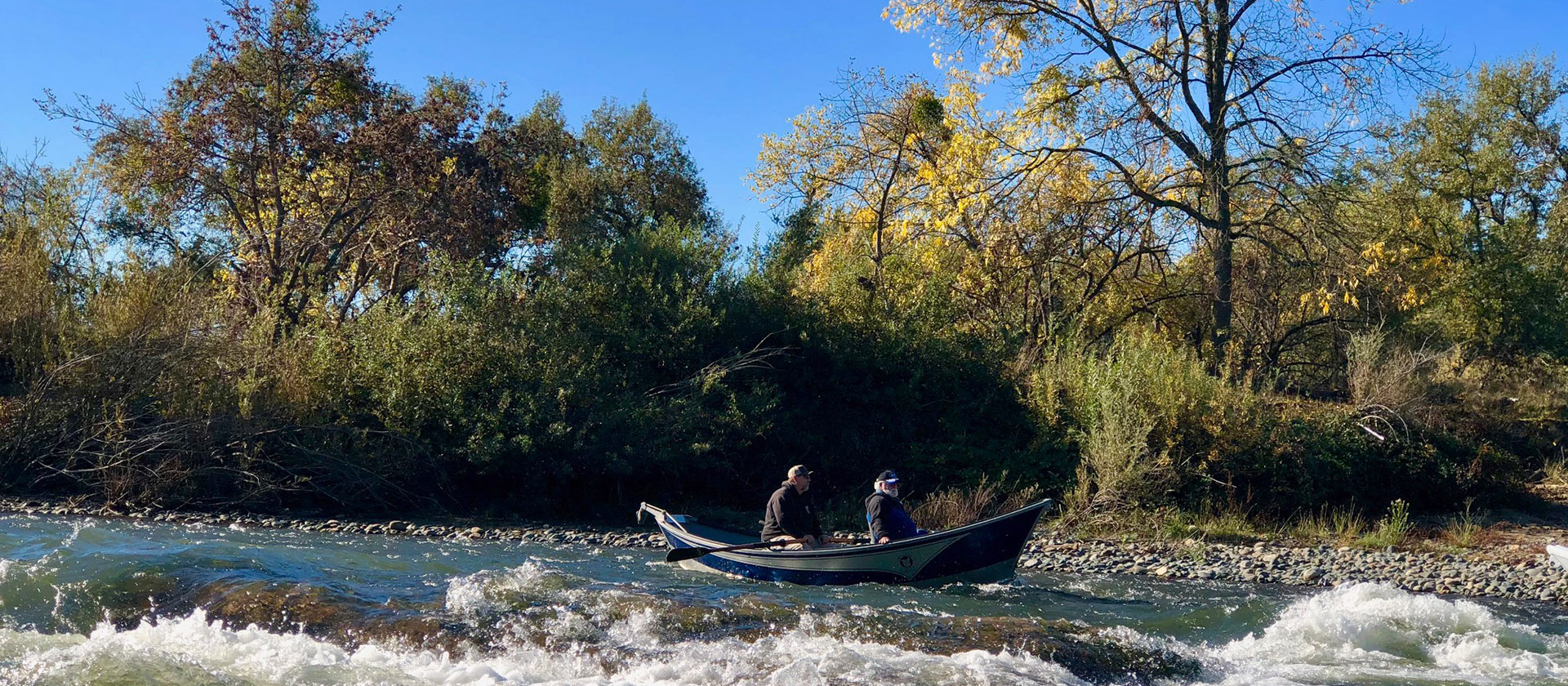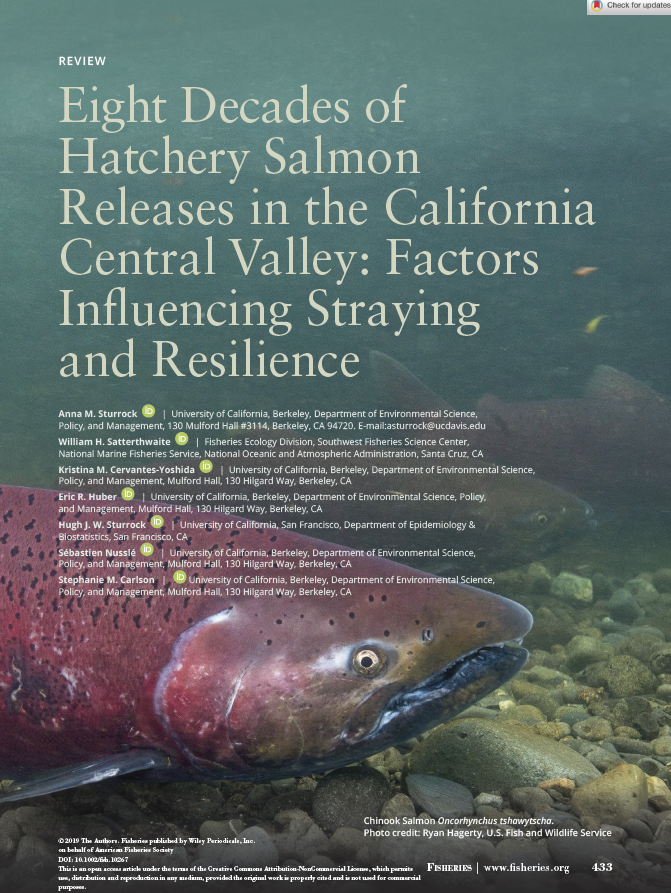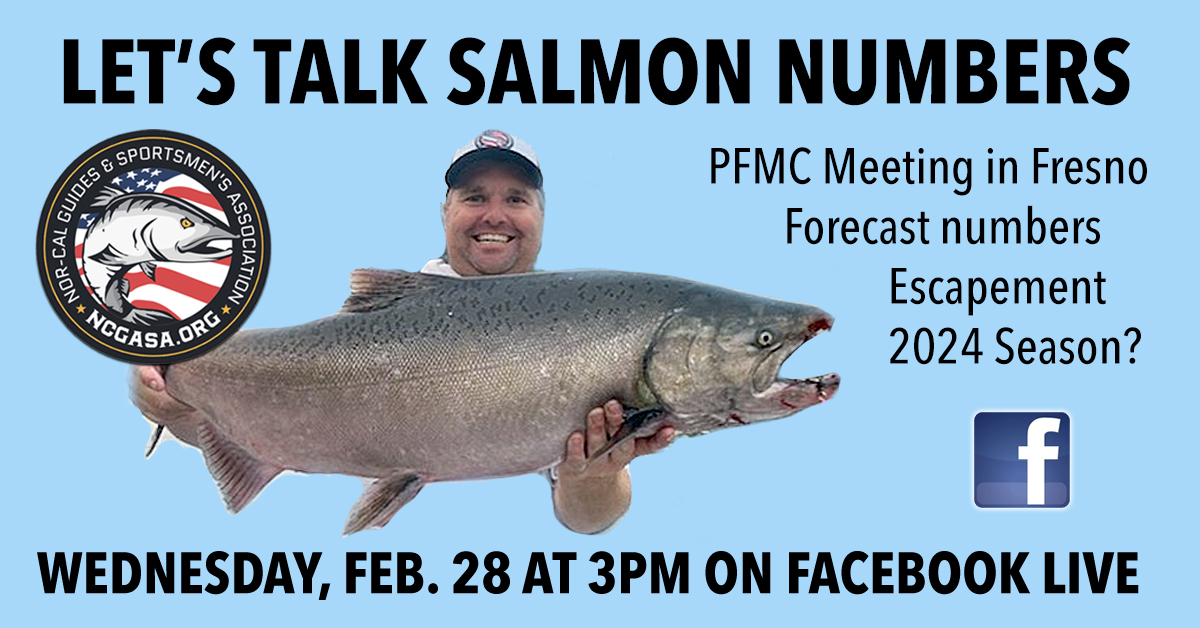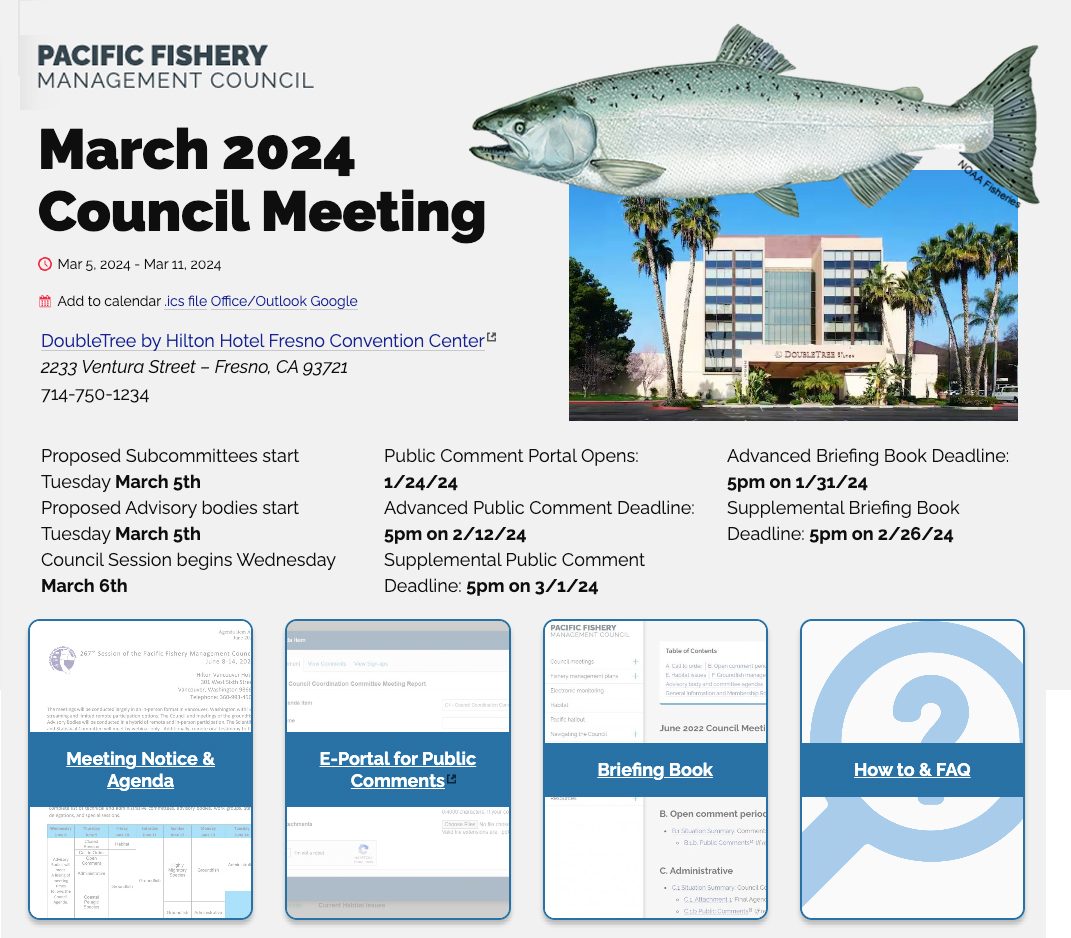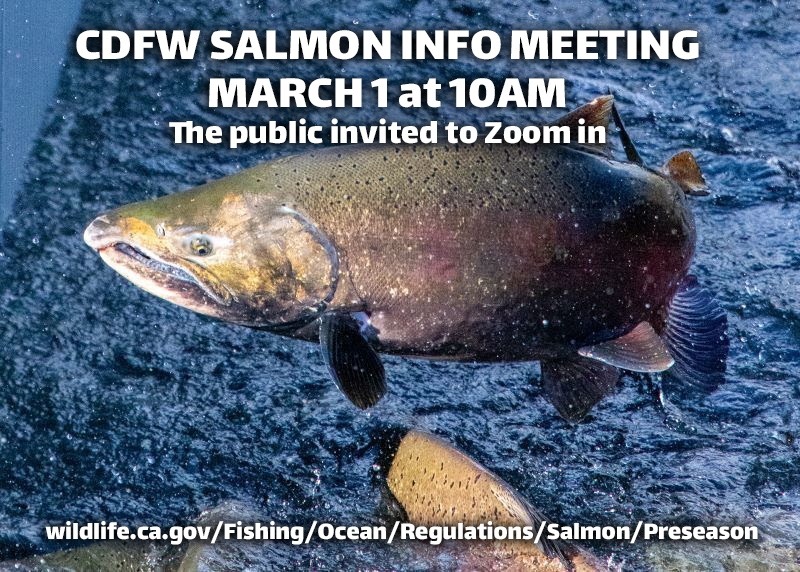Eight Decades of Hatchery Salmon
Eight Decades of Hatchery Salmon
Releases in the California Central Valley: Factors Influencing Straying and Resilience
Click Here to Read: American Fisheries Society/Fisheries Magazine, Vol. 44, No. 9, Sept. 2019
Anna M. Sturrock | University of California, Berkeley, Department of Environmental Science, Policy, and Management, 130 Mulford Hall #3114, Berkeley, CA 94720. E-mail: asturrock@ucdavis.edu
William H. Satterthwaite | Fisheries Ecology Division, Southwest Fisheries Science Center, National Marine Fisheries Service, National Oceanic and Atmospheric Administration, Santa Cruz, CA
Kristina M. Cervantes-Yoshida | University of California, Berkeley, Department of Environmental Science, Policy, and Management, Mulford Hall, 130 Hilgard Way, Berkeley, CA
Eric R. Huber | University of California, Berkeley, Department of Environmental Science, Policy, and Management, Mulford Hall, 130 Hilgard Way, Berkeley, CA
Hugh J. W. Sturrock | University of California, San Francisco, Department of Epidemiology & Biostatistics, San Francisco, CA
Sébastien Nusslé | University of California, Berkeley, Department of Environmental Science, Policy, and Management, Mulford Hall, 130 Hilgard Way, Berkeley, CA
Stephanie M. Carlson | University of California, Berkeley, Department of Environmental Science, Policy, and Management, Mulford Hall, 130 Hilgard Way, Berkeley, CA
The California Central Valley contains the southernmost native populations of Chinook Salmon Oncorhynchus tshawytscha, which inhabit a highly variable, anthropogenically altered environment. To mitigate habitat loss and support fisheries, millions of fall-run hatchery salmon are released each year, often transported downstream to avoid in-river mortality, with consequences not fully understood. We synthesize historical trends in release location and timing (1941–2017), focusing on outcomes influencing stock resilience, adult straying, and ocean arrival timing. Over time, juveniles have been transported increasing distances from the source hatchery, particularly during droughts. Transport distance was strongly associated with straying rate (averaging 0–9% vs. 7–89% for salmon released on site vs. in the bay upstream of Golden Gate Bridge, respectively), increasing the effects of hatchery releases on natural spawners. Decreasing variation in release location and timing could reduce spatiotemporal buffering, narrowing ocean arrival timings and increasing risk of mismatch with peak prey production. Central Valley salmon epitomize the pervasive challenge of balancing short-term (e.g., abundance) against long-term (e.g., stability) goals.
INTRODUCTION
Hatcheries are often controversial given potential impacts on natural stocks (Ruckelshaus et al. 2002). Hatcheries in the western United States propagate around 2 billion Pacific Salmon Oncorhynchus spp. annually, and global production can exceed 5.3 billion (NPAFC 2018). Production rates are relatively stable and insensitive to freshwater carrying capacity (NPAFC 2018), leading to concerns about hatchery fish outcompeting and/or masking declines in natural populations (Johnson et al. 2012; Rand et al. 2012).
Transporting hatchery-produced juveniles to downstream release sites is increasingly used to improve freshwater survival, but often fosters straying in the returning adults (Quinn 1993; Keefer et al. 2008; Bond et al. 2017). Some degree of dispersal is natural, promoting gene flow and colonization of new habitats, but strays are essentially lost from donor populations and can reduce fitness in recipient populations via maladaptive gene flow and domestication selection (Keefer and Caudill 2014).
Release location can also influence stock stability, as diversifying habitat use across a heterogeneous landscape can generate portfolio effects and broaden ocean arrival timings (Schindler et al. 2010; Satterthwaite et al. 2014). Release timing also carries important tradeoffs. Later releases can reduce instream competition and produce larger individuals, but increase risk of natural-origin fish being displaced in the ocean (Zabel and Williams 2002) and could lead to early maturation (Vøllestad et al. 2004).
Furthermore, extended hatchery rearing increases operating costs and disease risk (California HSRG 2012), while any practices constraining ocean arrival timing increase risk of temporal mismatch with peak prey production (Satterthwaite et al. 2014). California Central Valley (CCV) Chinook Salmon Oncorhynchus tshawytscha spawn at the southernmost edge of the native species range. The region features a variable Mediterranean climate (Cid et al. 2017), and a rich mosaic of habitats and salmon life histories (Yoshiyama et al. 2001). Over the last 150 years, the landscape has been profoundly altered by gold mining, agriculture, and water development (SFEI-ASC 2014). Impassable dams block >70% of upstream Chinook Salmon spawning habitats, resulting in large declines in abundance (Yoshiyama et al. 2001). To mitigate habitat loss and maintain salmon fisheries, five production hatcheries were built, releasing more than 2 billion fall-run juveniles since 1941 (Huber and Carlson 2015). These hatcheries use an integrated design and focus on fall-run, although smaller programs with different goals exist for other runs (California HSRG 2012).
Fall-run hatcheries in the CCV have developed an extensive trucking program to reduce mortality during outmigration through an increasingly degraded system (Huber and Carlson 2015). While off-site releases also occur in other systems (e.g., Colombia River barging; Bond et al. 2017), CCV hatcheries often eliminate the entire migratory corridor by trucking smolts directly to the bay (specifically, the region between Chipps Island and Golden Gate Bridge, hereafter referred to as bay; Figure 1). An inadvertent consequence of trucking has been excessive straying rates (California HSRG 2012), implicated in the genetic homogenization of CCV stocks (Williamson and May 2005) and increasingly synchronized population dynamics (Satterthwaite and Carlson 2015). Despite the effects of increased straying, the influence of hatchery release strategies and environmental factors on straying behavior remains poorly understood in the CCV. Past synthesis efforts were hampered by inconsistent marking rates and recovery efforts, inaccurate or inaccessible release records, and release patterns designed to maximize abundance rather than test hypotheses. The only systematic experiment in the CCV investigating the effect of transport distance on straying rate revealed a strong positive relationship between the two (Niemela 1996), but other covariates or populations were not examined.
In this paper, we (1) summarize hatchery release information, (2) document historical trends, and (3) quantify population responses (e.g. straying) to differing management actions and environmental conditions to understand the extent to which changing hatchery management practices may affect stock dynamics in a variable and changing climate. Specifically, we examine clustering of release sites across the landscape, and contraction of ocean arrival timings as a function of release date and location, given potential influence on the buffering capacity of the hatchery stock. For example, if all fish were released in a single location impacted by a toxic spill, the entire cohort could perish. The effect would be amplified if the release period were short and coincidental with peak toxicity. We also model straying rates of hatchery fish to assess the importance of release strategy (e.g., transport distance and timing), environmental conditions, and demographic factors on homing behavior, as elevated straying could homogenize the stock and reduce its adaptability. We conclude by synthesizing our results with other related studies, and discuss their implications for stock resilience in a changing climate.



